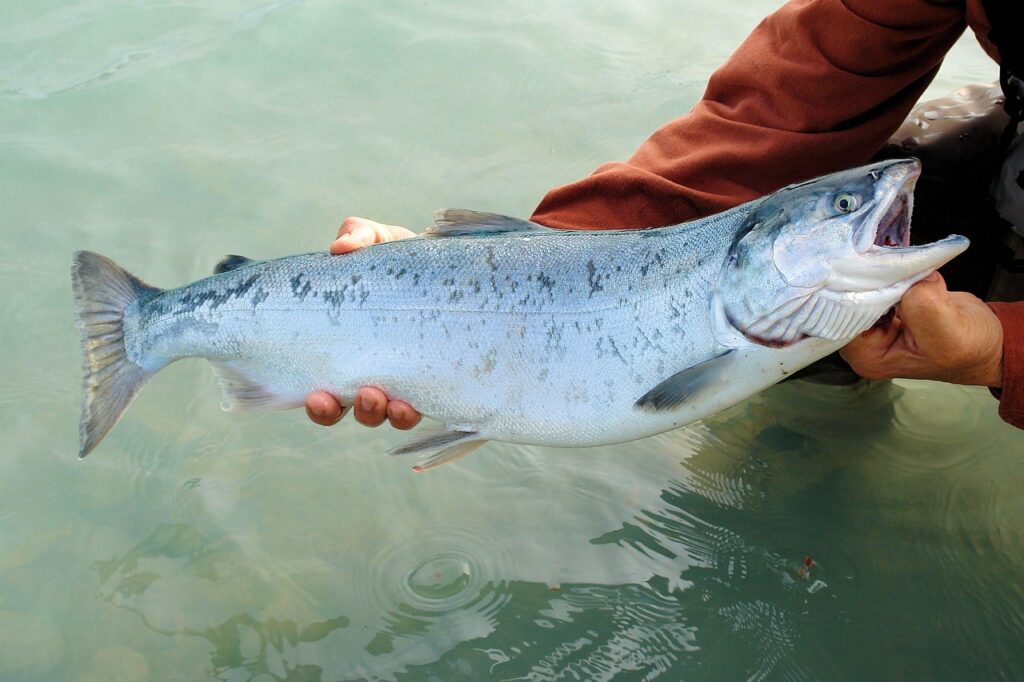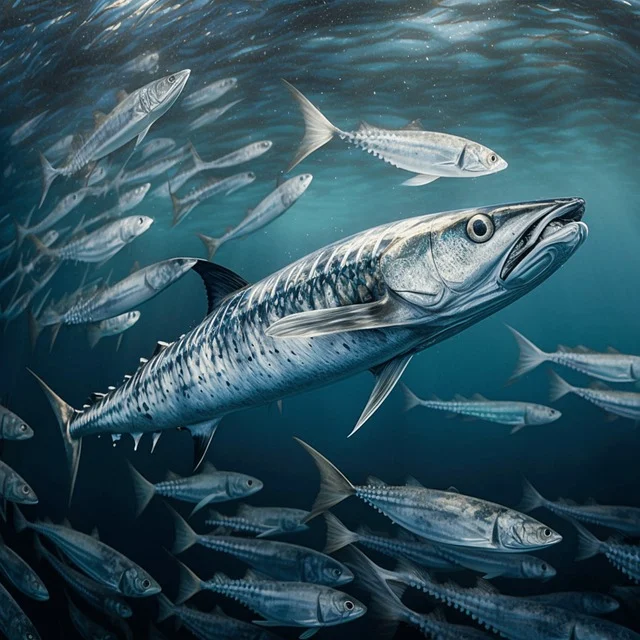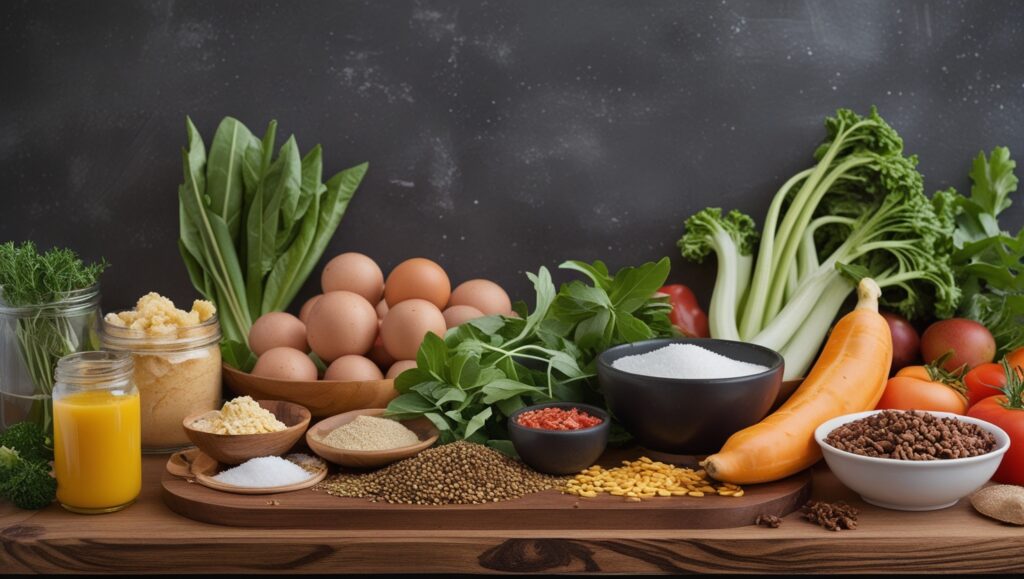What are fatty acids ?
There are mainly two types of fatty acids: saturated fat and unsaturated fat. Unsaturated fat further breaks down into polyunsaturated fat and monounsaturated fat. These are terms you commonly see on nutrition labels. Fatty acids are chain-like chemical molecules made up of carbon, oxygen, and hydrogen atoms. Carbon atoms form the backbone of the chain, with oxygen and hydrogen atoms latching onto available slots. A saturated fat has no more open slots. In contrast, a polyunsaturated fat has more than one open slot
what are Omega-3 fatty acids?
Omega-3 comes in three types: ALA (Alpha-linolenic acid), EPA (Eicosapentaenoic acid), and DHA (Docosahexaenoic acid). Foods rich in omega-3 fatty acids are excellent for heart health, brain function, and reducing inflammation
what are the benefits of omega--3 fatty acids ?
the importance of omega-3 fatty acids: Omega-3 fatty acids help all the cells in your body function as they should. They are essential fats that we must obtain from our diet. They offer numerous health benefits for both your body and brain.
Sources:
Animal Sources:
- Salmon
- Sardines
- Mackerel
- Anchovies
- Herring
- Trout
- Tuna




Plant Sources:
- Flaxseed oil: Flaxseed is a nutritional powerhouse, providing a good amount of fiber, protein, magnesium, and manganese in each serving. It is also an excellent source of omega-3 fatty acids.
- Soybean oil
- Canola oil (also contains Alpha-linolenic acid)
- Hemp seeds
- Chia seeds
- Walnuts
- Brussels sprouts
Other Food Sources:
- Vegetable oils: corn oil, sunflower oil, soybean oil
- Algae oil
- Some fortified foods (like eggs and milk)
- Algal oils
- Fish/seafood are good sources of omega-3
How much should we eat?
We should eat two portions of oily fish per week to gain the benefits.
|
Age |
Portion Size |
|
18 months to 3 years |
⅓ to ¾ small fillet |
|
4 to 6 years |
½ small fillet |
|
7 to 11 years |
1 to 1½ small fillets |
|
12 years to adult |
140 g |
How Much Fish to Eat?
To meet EPA and DHA needs through food:
- 2 servings of fatty fish per week (e.g., salmon, sardines, mackerel)
- About 250–500 mg/day
A typical 100g (3.5 oz) serving of cooked salmon has around 1,200–1,500 mg.
Plant-Based Omega-3 Intake
(To get enough Alpha-linolenic acid from food):
- 1 tablespoon of chia seeds = ~5 g Alpha-linolenic acid
- 1 tablespoon of flaxseed oil = ~7 g Alpha-linolenic acid
¼ cup walnuts = ~2.5 g Alpha-linolenic acid
Benefits of Omega-3s Include:
- Reducing inflammation
- Supporting heart health
- Helping brain development (especially important for kids and during pregnancy)
- Improving mental health
So, we should understand that omega-3 fatty acids are the building blocks of fat, which, despite its misunderstood reputation, is a vital human nutrient. You can boost the amount of omega-3s in your diet with these five foods:
- Fish are the best source of DHA and EPA, essential omega-3 fatty acids. The American Heart Association recommends that you eat at least two servings of fish per week.
- When cattle eat a grass-based diet, their meat becomes a great source of desirable fatty acids. This also applies to milk, cheese, yogurt, and eggs obtained from grass-fed animals.
- Edamame is one of the most well-rounded healthy snacks because it is filled with essential omega-3s, fiber, and protein.
Flaxseed oil is a terrific plant source of ALA omega-3. It has a low smoke point, so it is best used in fresh recipes such as salad dressings or pesto.

